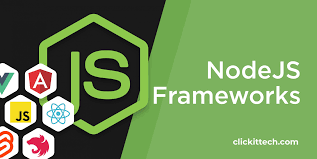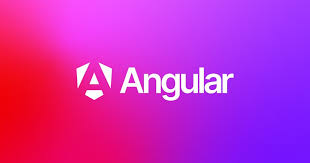Understanding the RepaintBoundary Widget in Flutter
When building complex user interfaces in Flutter, performance can become a critical concern, especially when dealing with animations, large images, or frequent state changes. Flutter provides a variety of widgets to help manage performance, and one of the often-overlooked but powerful widgets is RepaintBoundary. In this blog, we’ll explore what RepaintBoundary is, how it works, and when to use it to optimize your Flutter applications.
What is RepaintBoundary?
RepaintBoundary is a widget in Flutter that creates a separate layer in the widget tree for its child widget. This means that whenever the child widget is redrawn, only that particular layer is repainted, instead of the entire widget tree above it. This can significantly reduce the amount of work the Flutter framework has to do when rendering the UI, especially in cases where only small parts of the screen need to be updated.
Key Points:
RepaintBoundarycreates a distinct layer for its child.- It helps in optimizing performance by limiting the area that needs to be repainted when changes occur.
How Does RepaintBoundary Work?
When a widget is wrapped in a RepaintBoundary, Flutter assigns it to a new layer in the rendering tree. This layer is drawn independently of its parent and siblings. Whenever a state change occurs, the framework checks if the widget tree needs to be updated. If only the child within the RepaintBoundary has changed, Flutter will only repaint that specific boundary, leaving the rest of the widget tree untouched.
Example of Using RepaintBoundary
Let’s consider an example where you have a widget that displays a list of items, and each item can be animated or updated independently. Here’s how you might implement RepaintBoundary in such a scenario:
import 'package:flutter/material.dart';
class MyHomePage extends StatefulWidget {
@override
_MyHomePageState createState() => _MyHomePageState();
}
class _MyHomePageState extends State<MyHomePage> {
int _counter = 0;
void _incrementCounter() {
setState(() {
_counter++;
});
}
@override
Widget build(BuildContext context) {
return Scaffold(
appBar: AppBar(
title: Text("RepaintBoundary Example"),
),
body: Center(
child: Column(
mainAxisAlignment: MainAxisAlignment.center,
children: <Widget>[
Text("Counter: $_counter"),
ElevatedButton(
onPressed: _incrementCounter,
child: Text("Increment"),
),
// Using RepaintBoundary for the animated widget
RepaintBoundary(
child: AnimatedContainer(
duration: Duration(seconds: 1),
height: _counter * 10.0, // Increases height with counter
width: _counter * 10.0, // Increases width with counter
color: Colors.blue,
),
),
],
),
),
);
}
}In this example, the AnimatedContainer is wrapped in a RepaintBoundary. When you increment the counter, the Text widget will repaint, but the AnimatedContainer will be handled separately. If the animation is triggered, only the AnimatedContainer will be repainted, which can lead to better performance in more complex UIs.
When to Use RepaintBoundary
Here are some scenarios when you should consider using RepaintBoundary:
- Complex UIs: If your app has complex layouts with many widgets, using
RepaintBoundarycan help isolate parts of the UI that are likely to change frequently, thus improving performance. - Animations: If you have animated widgets that change frequently, wrapping them in a
RepaintBoundarycan prevent unnecessary repaints of the surrounding widgets. - Heavy Graphics: For applications with heavy graphics or images, separating these elements with
RepaintBoundarycan reduce the workload during rendering. - Frequent State Changes: If you have widgets that are frequently updated or redrawn, using
RepaintBoundarycan minimize the repainting overhead on the rest of the UI.
Performance Considerations
While RepaintBoundary can enhance performance, it’s essential to use it judiciously. Here are a few considerations:
- Overuse: Excessive use of
RepaintBoundarycan lead to performance degradation due to the overhead of managing multiple layers. Aim for a balance and only use it where necessary. - Profiling: Use the Flutter performance tools to analyze your app’s performance. You can check the rendering performance and see if adding
RepaintBoundaryis beneficial in specific areas.
Conclusion
RepaintBoundary is a powerful tool in the Flutter toolkit that helps optimize rendering performance by limiting the area of the UI that needs to be repainted. By wrapping complex or frequently changing widgets in RepaintBoundary, developers can create smoother and more responsive applications. As with any optimization technique, it’s crucial to analyze and profile your application to ensure you’re using RepaintBoundary effectively and not introducing unnecessary complexity. Understanding and utilizing RepaintBoundary can significantly enhance the performance of your Flutter applications, leading to a better user experience.





Leave a Reply